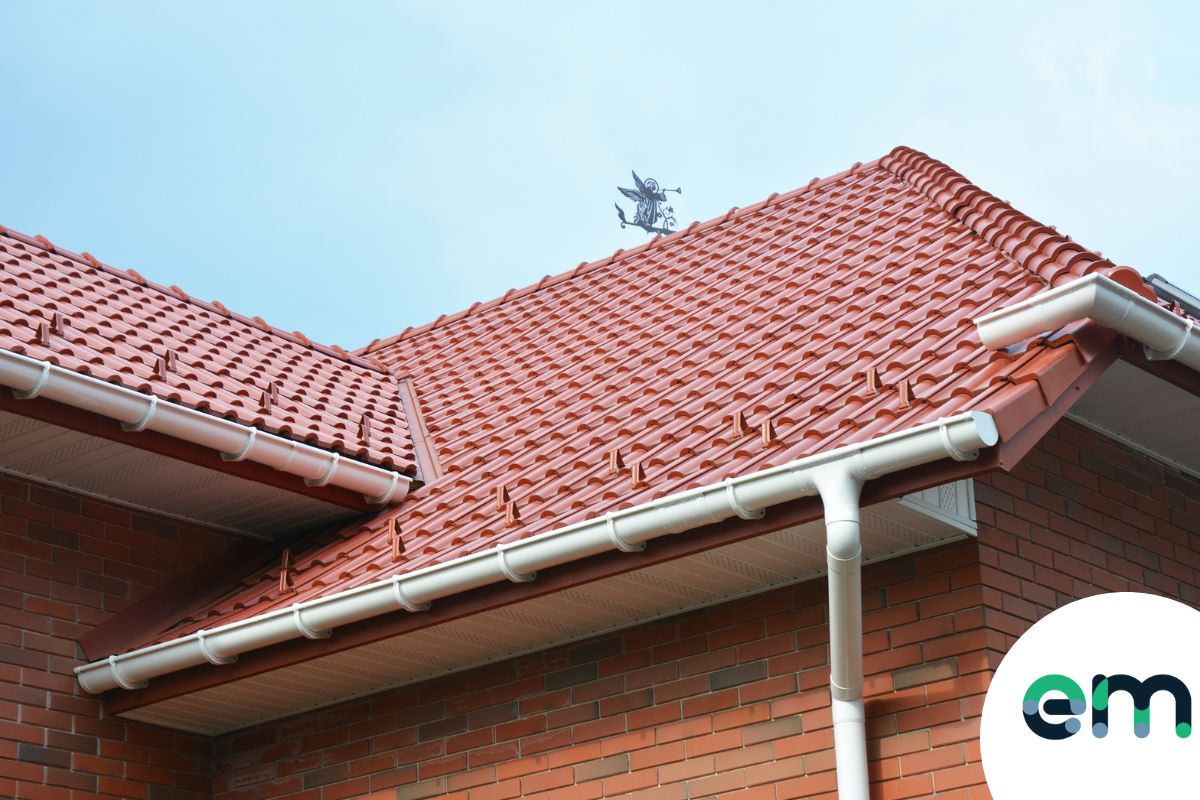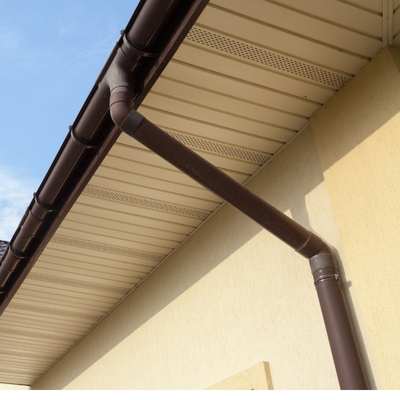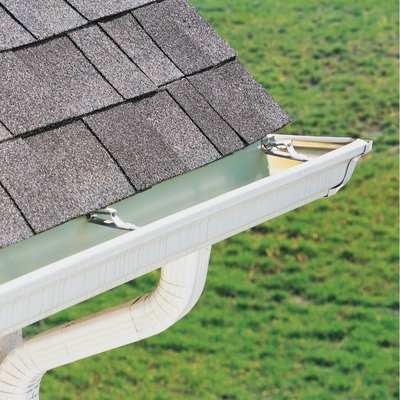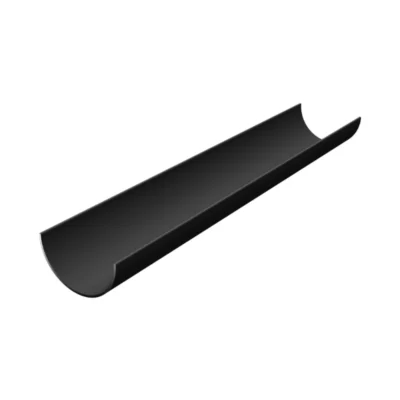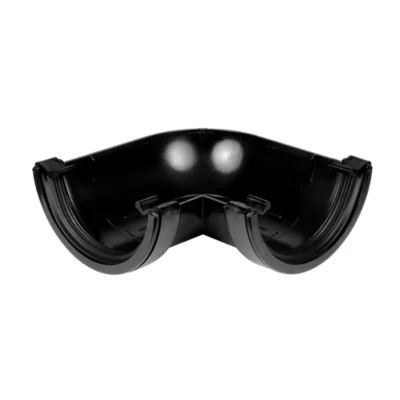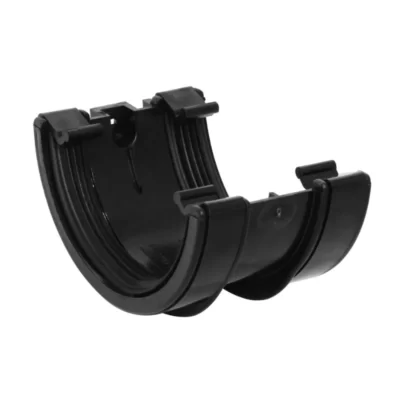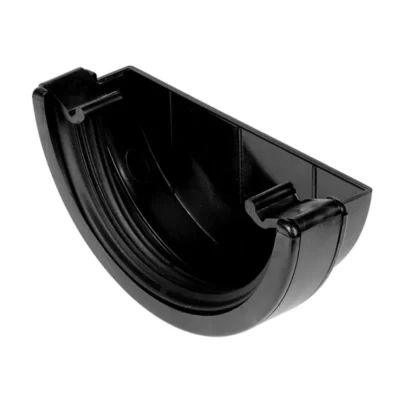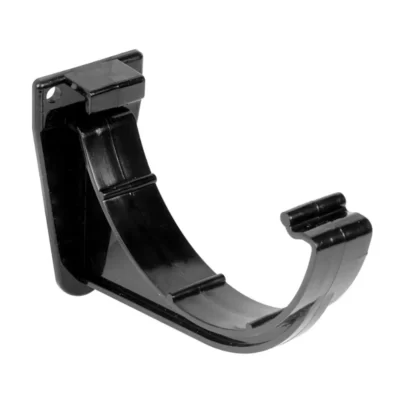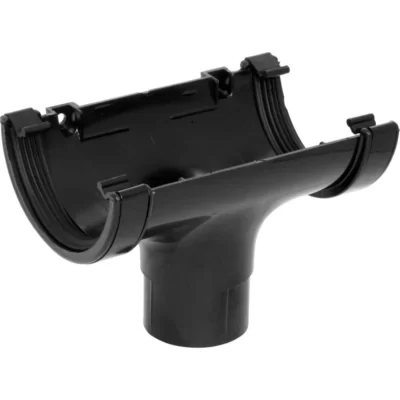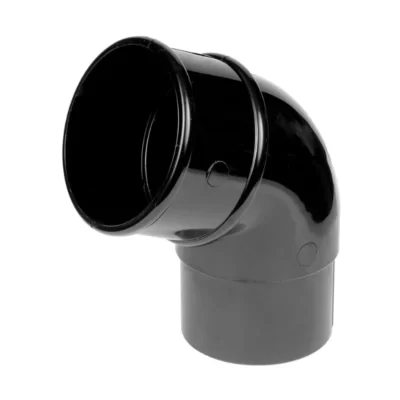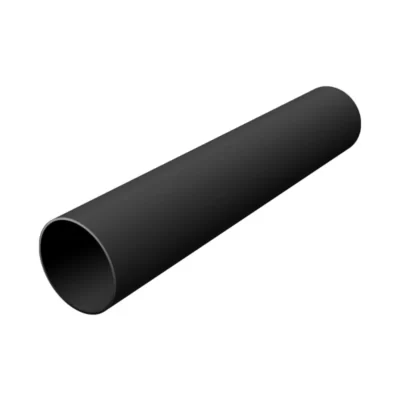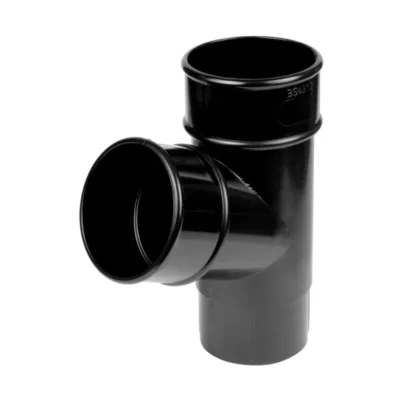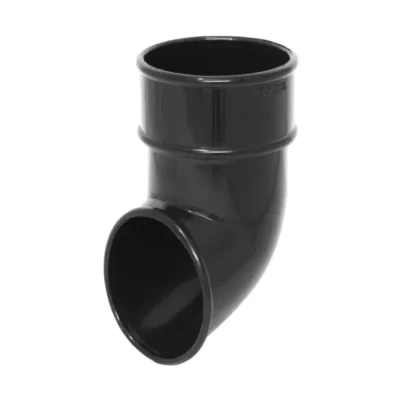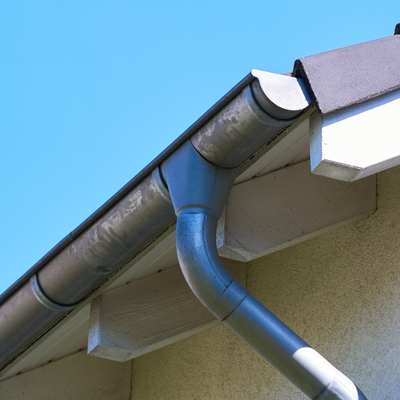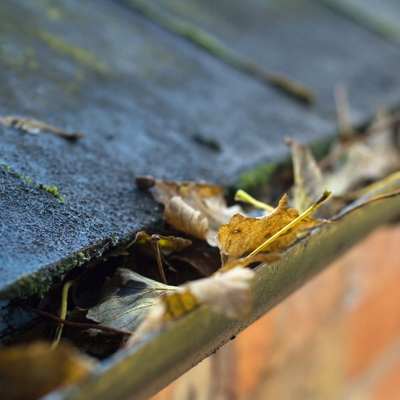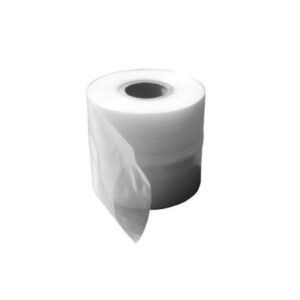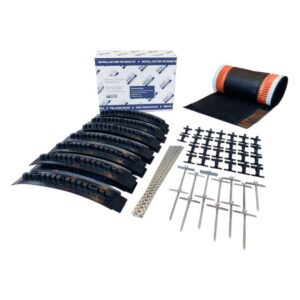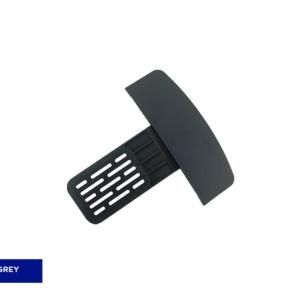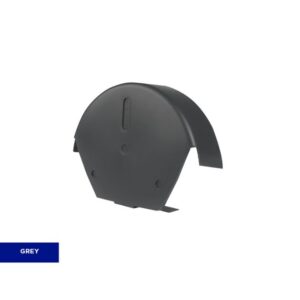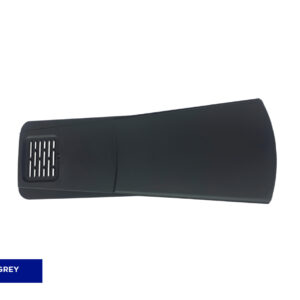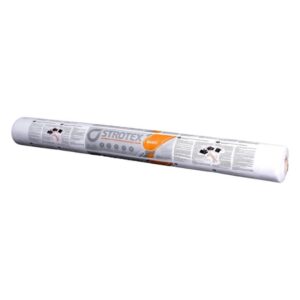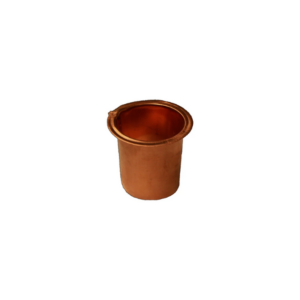No products in the basket.
Blog
A Guide To Buying Drainage Gutter!
Drainage guttering is an important part of any roofing system because it is in place to prevent any water from getting into the property as well as to stop any condensation, which can cause dampness to occur later down the line. They do this through ensuring that stormwater is directed to a point of drainage rather than letting it build up in places that can have expensive consequences!
In this blog post we will be helping you to understand what exactly will be the best option for your job and how to maintain it and fit the system yourself. By the end of this short guide, we aim to have addressed any burning questions that you may have about guttering drainage systems as a whole.
If you know what you are looking for, then click here to browse our guttering ranges!
What type of guttering does your project require?
Each different kind of guttering has a different profile to match what it is being used for. So, for example, half round guttering is timelessly popular and is used for most residential projects, due to its profile and ability to suite both new buildings, old buildings and even commercial buildings as well.
Ogee guttering is an extremely popular choice for Victorian esc properties as they help to maintain the traditional look. The ogee guttering is deeper and therefore has a higher water capacity, making this type of drainage gutter perfect for old building refurbishment projects. If you are in an area that is affected by a lot of heavy rainfall, then a deeper gutter definitely won’t hurt!
In the case that you are going for a more stylish approach, then something like an aluminium box gutter could be a great choice. This look is becoming ever more popular. Furthermore, in terms of flow, they have one of the largest capacities in comparison to other kinds of gutters, making box guttering both a practical and trendy option for your job.
These are just a few examples of some popular guttering systems that you may want to use in your project. Here is a list of all the ranges that we stock!
As you may have noticed, there are quite a few choices when it comes to guttering and it is always best that you pick what is right for your project. The main factors to consider before making this choice are things such as, what capacity will be needed and the type of building that you are working on. Amongst these factors, it is also worth thinking about the type of material that you will want to be using, as there are pros and cons to each one!
Choosing the correct material for your guttering
When going about choosing the right material, we give advice based on experience with customers. We find that the main things to consider, particularly in the UK, are; the location, the type of building and the style that you are trying to achieve! Let’s look at three of the most commonly used types of guttering.
Aluminium guttering is a good place to start because it is a very strong material and is not very heavy. This means that the guttering ability to endure the elements is second to none. It is able to remain consistent in doing what it is supposed to do from the first day you install it right through to the day that you take it down. These features mean that you are getting a great bang for your buck and this is why so many people tend to opt for this type of guttering. You may have also noticed that over the past years, more and more modern buildings have aluminium guttering installed onto them as it is aesthetically pleasing and is the perfect option to complete your job in an eye-catching fashion.
When talking about guttering, plastic gutters are always the first things that spring to mind. This is probably because of their unquestionable reliability as well as the guttering being low in cost and affordable. Plastic has the ability to operate in extreme temperatures and withstand the various elements that it may have to come across, all without becoming too damaged or rewind. Plastic guttering comes in various different sizes, profiles and types to suite the kinds of buildings that you may be working on. Here you can find a lift of the kinds of plastic guttering that we offer at EasyMerchant:
- 112mm Half Round Guttering
- 114mm Square Guttering
- 120mm Deep Flow Guttering
- 120mm Ogee Guttering
- 160mm-200mm industrial guttering
- Cascade Cast Iron Effect Guttering
You may have noticed that the guttering used on old buildings looks like it has been on there for 100 plus years! Well, if its cast iron guttering, then there is a good chance that it has… Cast iron guttering provides a long lifespan, meaning that the maintenance of these items tends to be easy and, further to this, they are recyclable. So if you decide you have had enough of the guttering or it needs replacing, you can rest easy knowing you wont be damaging the environment. Cast iron guttering also looks high in quality and can therefore be adapted for use on all kinds of buildings.
Hopefully you are starting to get an idea of some of the types of our guttering. If you would like to know more about our other ranges, feel free to get in contact with us and we will be happy to help!
What do I need to know about the different parts of the guttering system?
Guttering systems are not complete without all of the correct components. Whether that be a guttering angle or a fascia bracket, each part is made up in a way that aids the system as a whole and allows it to function in the best way that it can.
What is the roll of the guttering?
The role of guttering is to collect any water that flows into it and ensure that it heads to where it is supposed to be. As discussed previously, you can get a variety of different guttering to accommodate your needs depending on your project or situation.
When would I use a guttering angle?
A guttering angle should simply be used at the corner points of a property, or wherever there is a change in angle needed.
What is the role of a gutter union?
When you have a length of gutter that needs to be connected to another, a union will be used. The gutter unions themselves fix onto the fascia boards and offer extra support to the joints of the guttering.
What are stop ends?
Stop ends will be used to make the end of a gutter run and stop any water leaving when it shouldn’t. Internal and external stops are available here at EasyMerchant.
Fascia brackets
Fascia brackets have a few different names, such as support brackets and clips. The clips screw into the actual fascia capping board itself and hold the gutter in place. When fitting a system, the amount of fascia brackets that you will need can vary depending on the type of guttering that you are using, so get in contact with us if you are not sure and we will do our best to help!
What is a running outlet?
A running outlet creates a section of the gutter that connects into the downpipe, which is where the water can flow.
The offset bend
An offset bend is pretty self-explanatory in that it creates an angle from the guttering to join to the downpipe while fitting nicely to the wall.
What is a downpipe?
The downpipe is what takes the water away from the guttering and sends it to the ground level drainage. Different sizes of guttering require different sizes of downpipe.
A downpipe joiner
You would look to be using a downpipe joiner in the scenario where you need to join two lengths of downpipe together to cover a long stretch.
What is the role of a downpipe branch?
A downpipe branch essentially connects two different sections of downpipe together at the angle necessary for the run that you are putting together. There are a variety of angles to suit your job.
When would I use a downpipe shoe?
At the bottom of a downpipe run, it is common that a downpipe shoe is fitted in order to direct the water into the chosen guttering method. We do advise that downpipe shoes are used, but they are not always necessary for your guttering system. If you are unsure as to whether you will need one, just get in contact with a member of our sales team and they will be able to advise!
How to know which gutter size is right for you?
Picking the correct guttering size is paramount if you are going to have a system that is capable of dealing with the amount of water flow that the guttering will be receiving. Further to this, if the system is too large for the building that it is being installed on, then it means that it will look out of place and, ultimately, it will be a waste of money!
The place to start when trying to figure out the size of guttering that you will need is to measure the roof area. This can be done by using something like a tape measure. There are certain types of roofs, such as the gable-end roof, where you will only be required to know the measurements of each individual slope and that will be more than adequate. However, when you have more of a technical roofing setup, finding out the surface area for each individual surface on the roof is necessary. Furthermore, you always need to remember to consider the roof pitch, because if you have a steeper roof then this will mean that the guttering will have to deal with a more intense flow of water and, for this reason, makes it an important point of consideration. It is strongly advised that a tape measure and spirit level is used to determine the roof pitch and if you are unsure of how to do this, then it is always best to get in contact with an engineer.
What are the important things to know about gutter fall and flow?
Gutters, for the most part, are used to catch and transport rainwater, but you must not forget that with each gutter profile the flow rate will be slightly different and, furthermore, the position at which it is installed can also affect this. A guttering system should always be installed with a fall, which in basic terms means how far the guttering drops down to let water run through it and go towards a drainage pipe system. The usual fall set up for a guttering system is for every 5 meters of guttering you give a gradual 20mm fall. This is in place to ensure that there is no standing water within the system and that the water can flow at a consistent rate and drain away.
How to go about maintaining your guttering once you have brought it?
A good quality guttering system such as the ones that we have spoken about, if maintained, can last up to as long as 50 years! A good place to start with guttering maintenance is to undertake regular inspections of the guttering to ensure that there are no obvious blockages or points of decay which have the potential to evolve into bigger problems. If your guttering is beneath things such as large bushes or trees, then you may want to check up on it more regularly than if it is not as it is more likely to have the fall offs fall into it and damage it.
As well as the guttering, the downpipe must also be regularly checked for blockages because this is where the water will flow through before it enters the underground drainage system, so it is important that it stays blockage free.
Remember to always put safety first and use a good quality ladder to reach the guttering and with your gloves you can begin to safely remove any debris within the guttering that may cause a blockage. You can then drop this into a bucket or a sheet of tarp that you have laid on the ground to prevent it from going anywhere it could become a hazard. This will also make it easier to collect once the job is complete. Don’t forget, while you’re up there, you may as well clean you fascia capping boards and soffit boards too!
A quick round up
So, hopefully, with all of this in mind, you now have an understanding of what to bear in mind when shopping for guttering and what to do once you have decided which one you are going to go for!
If things are still unclear or you just need a bit more help on deciding which guttering is right for you, please give us a call on 01371 850 120 or drop an email to sales@easymerchant.co.uk and we will gladly help you out!
Shop Guttering:
